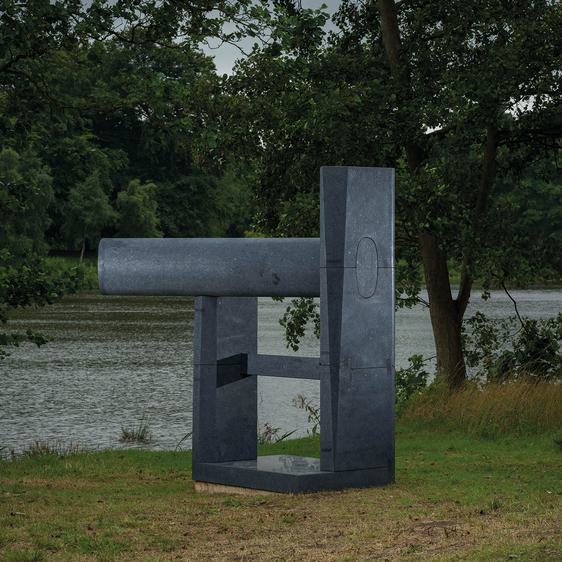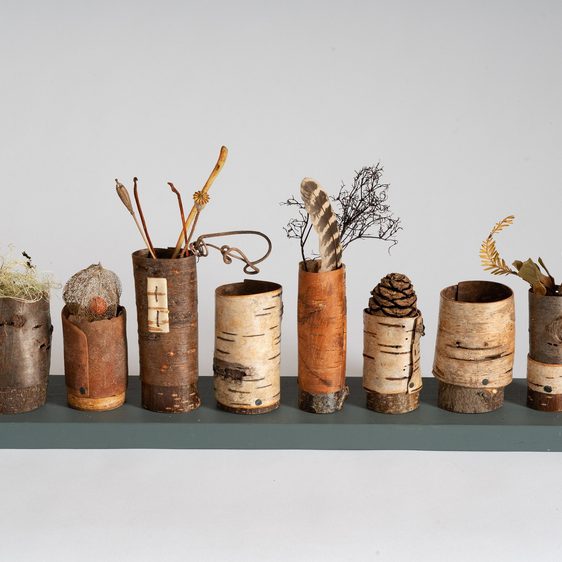
Elisabeth Frink: Judas
Art Outdoors /Elisabeth Frink: Judas
The figure of Judas is a powerful embodiment of betrayal. Elisabeth Frink tackles the ambiguities of the character: his blunt hands and contorted body and face seem strange and uncomfortable; his masked eyes and deep, gouged features are brutal and harsh.
Frink usually worked in her studio alone and made most of her sculptures by building up plaster onto a framework made using metal rods and wire. Once the plaster had dried, she would work into the surface with an axe, chisels and files to create expressive textures. The plaster sculptures would then be cast in bronze at a foundry.
An exhibition of Frink’s sculpture, prints and plaster models – Natural Connection – is on display at The Weston until 23 February 2025.
Courtesy The Frink Estate and Yorkshire Sculpture Park.
I think that my figures of men now say so much more about how a human feels than how he looks anatomically.
- Elisabeth Frink
You may also like
- Art Outdoors

Andy Goldsworthy: Outclosure
- Art Outdoors

Jørgen Haugen Sørensen: Supplement til Titlens Afskaffelse
Supplement til Titlens Afskaffelse (Supplement to the Title’s Abolition) embodies Haugen Sørensen’s respect for and relationship with granite. After YSP organised his first solo exhibition in the UK in 1993, the artist developed a great interest in siting sculpture in the open air, enjoying the tough, uncompromising nature of granite, which is one of our hardest and most unyielding stones. 
YSP MADE x Design-Nation Showcase
–YSP continues its mission to support independent makers with the biannual MADE showcase, in collaboration with Design-Nation for Spring 2026.- Art Outdoors

David Annesley: Mandala Eighty
Installed in 2024, Mandala Eighty by British sculptor David Annesley can be found in the Lower Park, overlooking the lake near to David Nash's Black Mound.